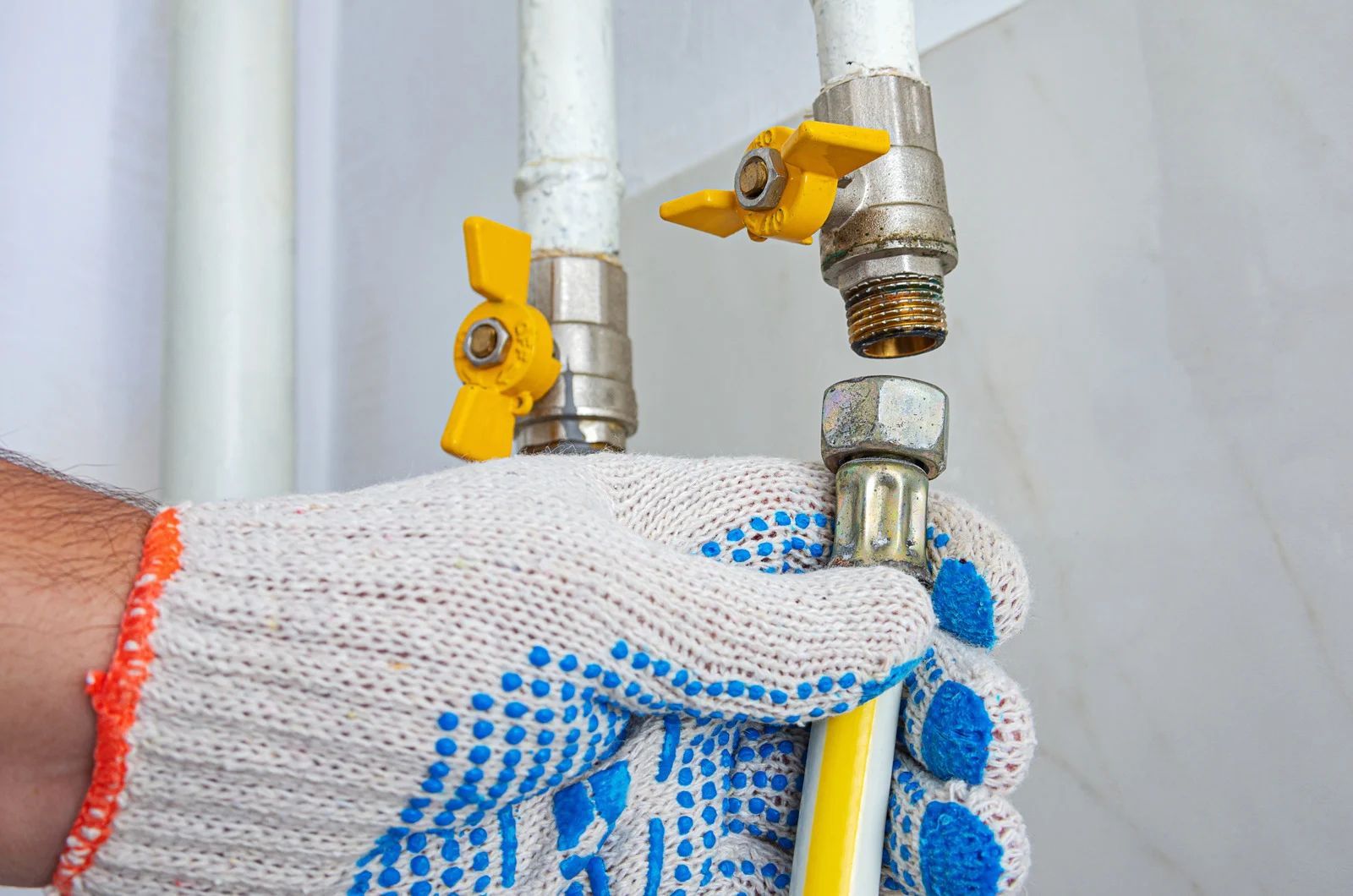Common Causes of Sewer Line Damage and How to Fix Them
A damaged sewer line is a frustrating and costly plumbing issue for homeowners. When the line carrying wastewater is compromised, it leads to slow drains, foul odors, and sewage backups. Understanding the causes of sewer line damage and how to address it can help you act quickly before it escalates into a major problem repair.
Here are the most common culprits behind sewer line problems and what can be done to fix them.
Tree Root Intrusion
Tree roots are a leading cause of sewer line damage. As roots naturally seek out moisture, they can find tiny cracks or loose joints in your sewer pipe and invade it. Over time, they expand, causing blockages or complete pipe collapse. This is especially common in older homes with clay or cast-iron pipes.
Fix: A professional plumber can use a camera inspection to locate the root intrusion. Minor intrusions can sometimes be cleared with hydro jetting or mechanical cutting, but severe cases may require section replacement or a full pipe lining to prevent future growth.
Aging or Corroded Pipes
Sewer pipes naturally deteriorate over time. Older systems made from clay, cast iron, or Orangeburg are especially prone to cracking, collapsing, or corroding. Even PVC pipes, if improperly installed, can shift or sag over time.
Fix: If your system is outdated, trenchless pipe lining may offer a cost-effective solution. This method reinforces the inside of the existing pipe without requiring extensive digging. In more severe cases, pipe bursting or full replacement may be necessary.
Clogs and Blockages
Grease, hair, food scraps, and hygiene products can build up in your sewer line, causing slow drainage or total blockages. These issues often start small and worsen over time.
Fix: A professional drain cleaning using hydro jetting can clear stubborn blockages without damaging the pipe. If buildup is frequent, a plumber can assess whether pipe slope or structural issues contribute to recurring clogs.
Ground Shifting and Soil Movement
Changes in the soil around your home—often caused by weather, erosion, or construction—can stress your sewer line. Due to shifting or settling ground, pipes may crack, collapse, or disconnect at joints.
Fix: If shifting has caused pipe misalignment or breaks, trenchless repair options like pipe lining or bursting may restore function without extensive excavation. In extreme cases, a full sewer replacement may be required.
Poor Installation or Construction Damage
Improper installation or accidental damage from construction work can also lead to sewer line issues. Misaligned joints, unsupported pipe segments, or unsealed connections can leave your system vulnerable to leaks and breakdowns.
Fix: Camera inspections help identify whether the issue stems from faulty installation. If so, targeted repairs or segment replacement can often restore performance and prevent more serious failure later.
Grease Buildup and Foreign Objects
Pouring grease down the drain might seem harmless, but it hardens inside your pipes, creating stubborn blockages. Likewise, flushing wipes, paper towels, or other non-degradable items can quickly clog a sewer line.
Fix: Routine drain maintenance, such as annual jetting and inspection, can prevent buildup from reaching damaging levels. Educating household members on what not to flush or pour can also go a long way in prevention.x
Ignoring sewer line damage doesn’t make it go away—it makes it worse. Whether it’s roots, corrosion, or ground movement, early diagnosis and professional repair are key to protecting your home and avoiding costly damage.
With 15
years of experience serving Dallas, TX, Rise Plumbing Systems
specializes in no-dig inspections and efficient sewer line solutions. Don’t wait for a backup—contact us and take the first step toward a cleaner, safer plumbing system today.




